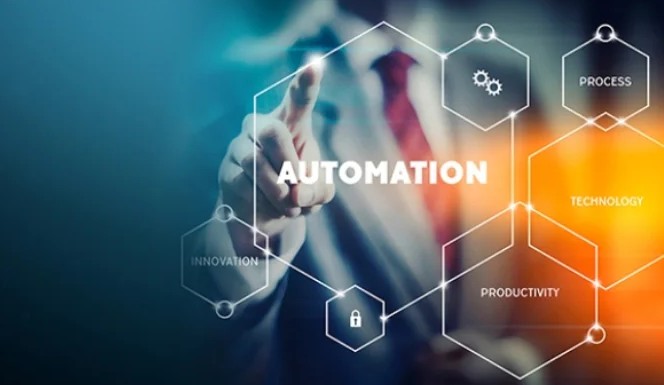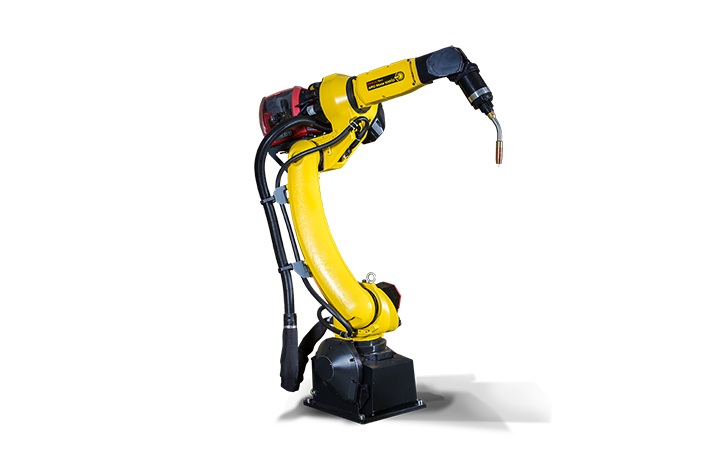
2024 has been a pivotal year for CAD/CAM technologies, marking significant advancements in design and manufacturing processes. The integration of cutting-edge innovations like artificial intelligence (AI), 3D printing, and cloud-based solutions has reshaped the industry, driving efficiency, reducing costs, and enhancing accuracy across various sectors. Below is a detailed exploration of the transformative trends and their implications.
1. AI-Driven CAD/CAM Systems: Precision and Efficiency
Artificial intelligence has revolutionized how CAD/CAM systems operate in 2024. Machine learning algorithms now analyze vast amounts of data to optimize design parameters, predict potential flaws, and suggest corrections before production begins.
- Adaptive Design Enhancements: AI now enables dynamic adjustments in design parameters during the modeling process, ensuring optimal performance. This adaptability reduces human error, enhances precision, and accelerates development cycles.
- Predictive Analytics for Manufacturing: AI’s predictive capabilities help manufacturers anticipate maintenance needs, reduce downtime, and streamline operations. This has resulted in a notable 30% increase in production efficiency and a 20% reduction in operational costs.
2. 3D Printing Integration: Rapid Prototyping and Customization
The convergence of CAD/CAM software with advanced 3D printing technology has revolutionized prototyping and small-scale manufacturing. This year, the focus has shifted toward:
- Multi-Material Printing: CAD/CAM software now supports the simultaneous use of multiple materials within a single print job, allowing for the creation of complex, multi-functional components.
- High-Speed Prototyping: Innovations in 3D printing have reduced prototyping time by up to 40%, enabling rapid iteration and more responsive design adjustments.
3. Cloud-Based CAD/CAM Solutions: Global Collaboration Simplified
Cloud computing has played a transformative role in democratizing access to CAD/CAM technologies in 2024. Engineers and designers across the globe can now collaborate seamlessly in real time.
- Remote Collaboration: Cloud platforms allow users from different geographical locations to work on the same project simultaneously, enhancing global teamwork and innovation.
- Enhanced Data Security: Modern encryption protocols have fortified data security, making cloud-based CAD/CAM systems not only more accessible but also safer.
4. Digital Twin Technology: Virtual-Physical Synchronization
Digital twins have emerged as a game-changing technology in CAD/CAM, providing digital replicas of physical assets to simulate, predict, and optimize performance.
- Real-Time Monitoring and Feedback: Digital twins facilitate the continuous monitoring of physical systems, enabling real-time adjustments that enhance performance.
- Reduction in Production Errors: By simulating real-world conditions, digital twins have led to a 25% decrease in manufacturing defects.
5. Sustainability and Eco-Friendly Innovations in CAD/CAM
Sustainability has become a core focus in CAD/CAM developments in 2024. Companies are leveraging these technologies to minimize waste, optimize resource use, and develop eco-friendly products.
- Material Optimization Algorithms: Advanced algorithms now calculate the minimal material requirements for each design, reducing waste.
- Energy-Efficient Manufacturing Processes: CAD/CAM software now integrates energy consumption metrics, guiding manufacturers toward more sustainable production methods.
Frequently Asked Questions (FAQ)
1. How has AI impacted CAD/CAM in 2024?
AI has improved design precision, reduced error rates, and enhanced predictive maintenance capabilities, resulting in faster production cycles and reduced costs.
2. What role does 3D printing play in CAD/CAM this year?
3D printing integration has accelerated prototyping processes by 40%, allowing for rapid design iterations and greater flexibility in material usage.
3. Are cloud-based CAD/CAM systems secure?
Yes, modern encryption technologies have made cloud-based CAD/CAM platforms highly secure while offering the flexibility of remote access and collaboration.
4. How does digital twin technology benefit manufacturing?
Digital twins allow for real-time simulation and optimization, reducing errors by 25% and enabling proactive maintenance.
5. How has CAD/CAM contributed to sustainability in 2024?
Advanced algorithms optimize material usage, reduce waste, and guide energy-efficient manufacturing, supporting global sustainability goals.






